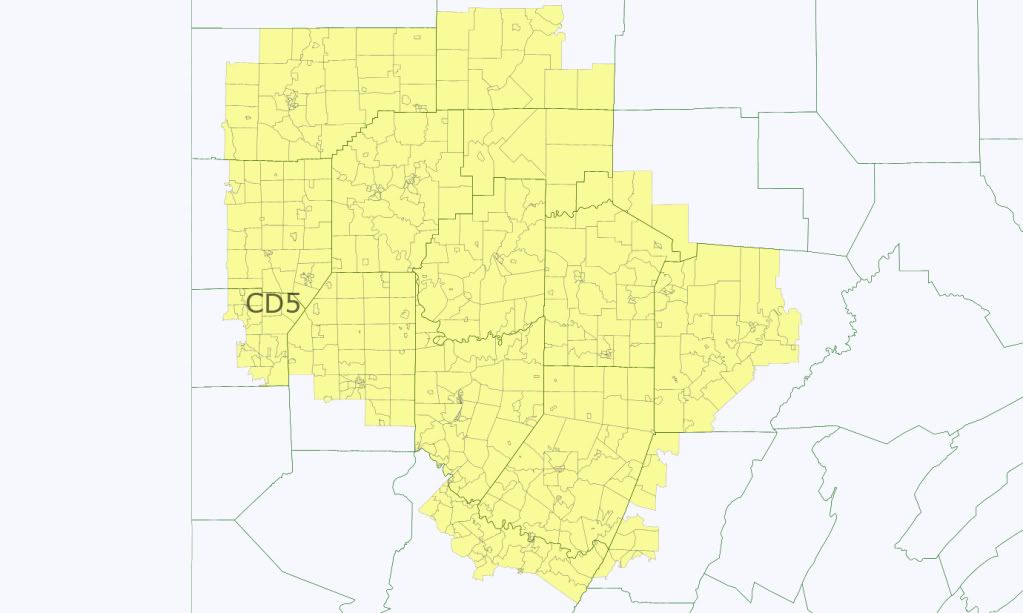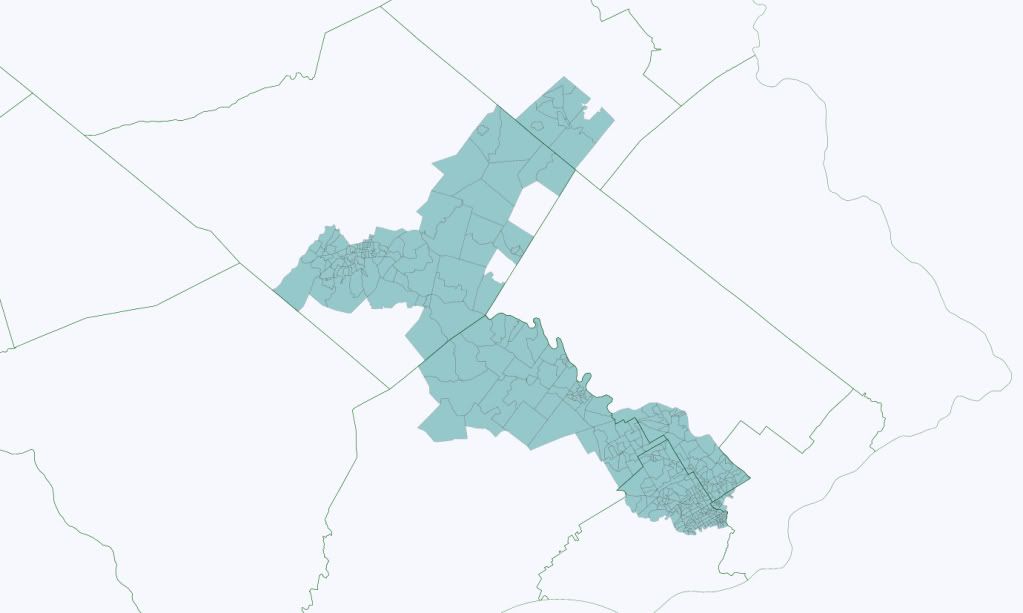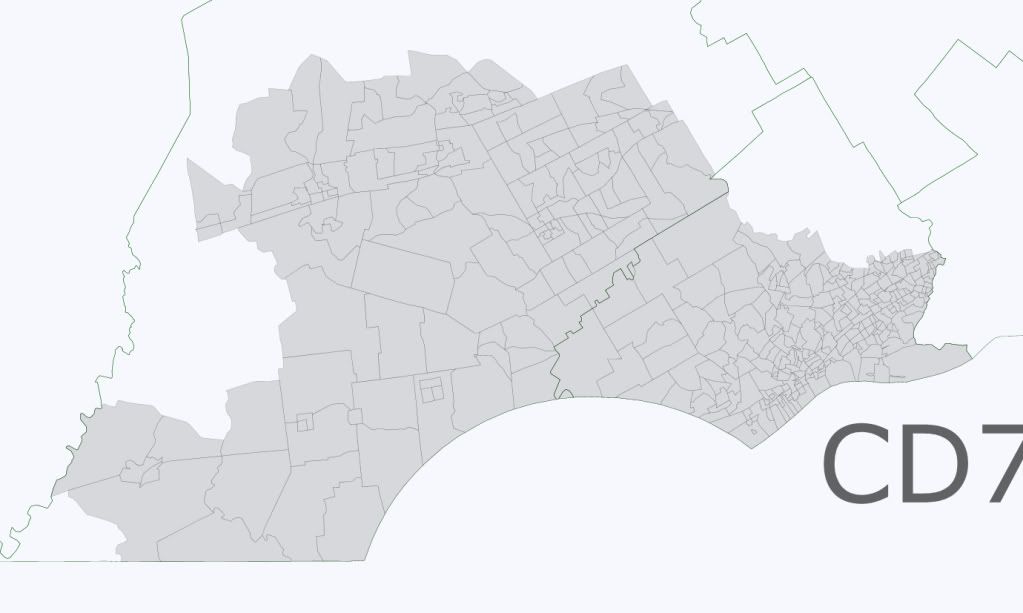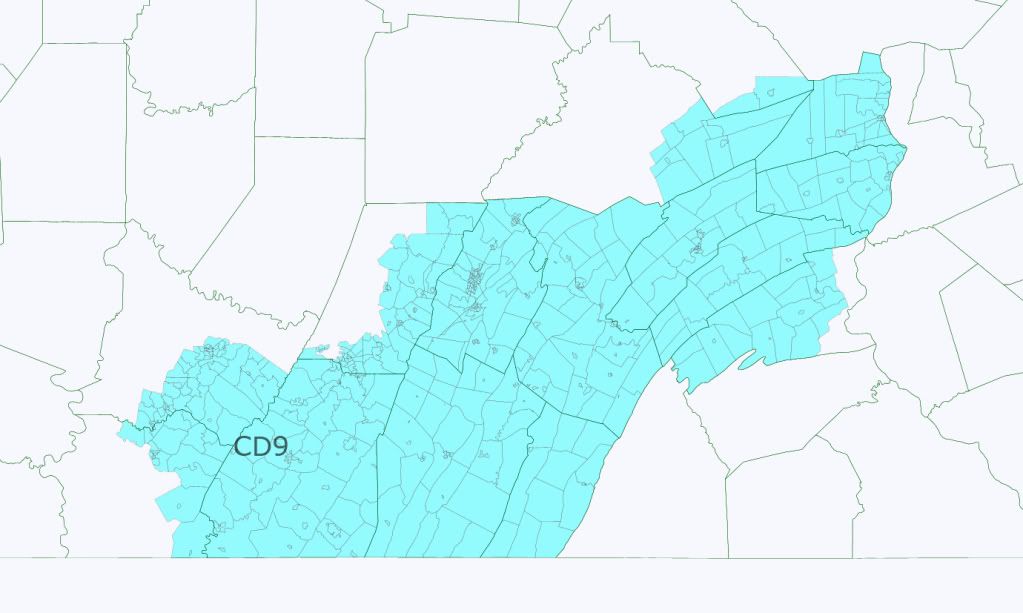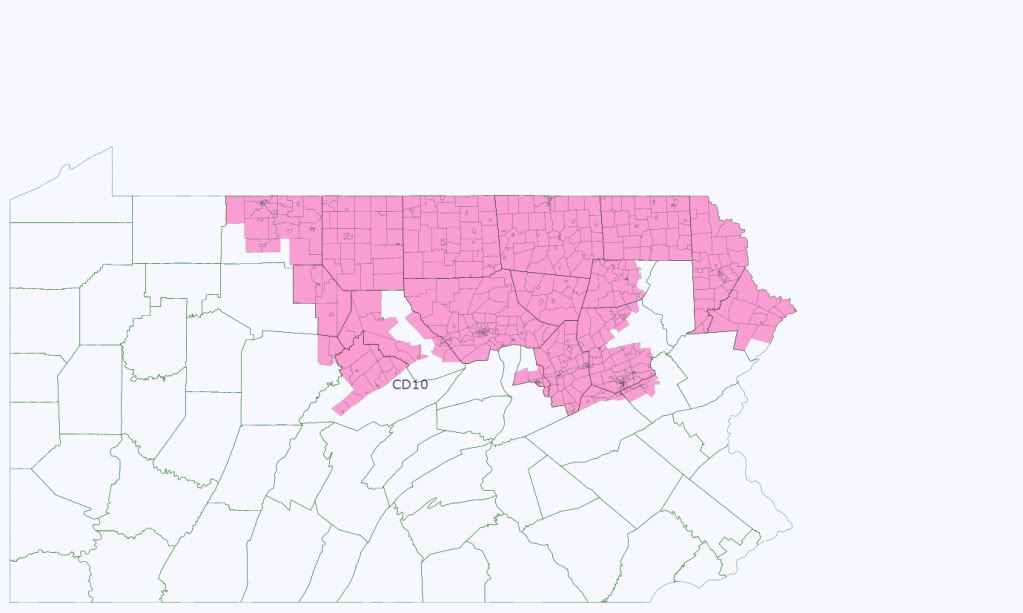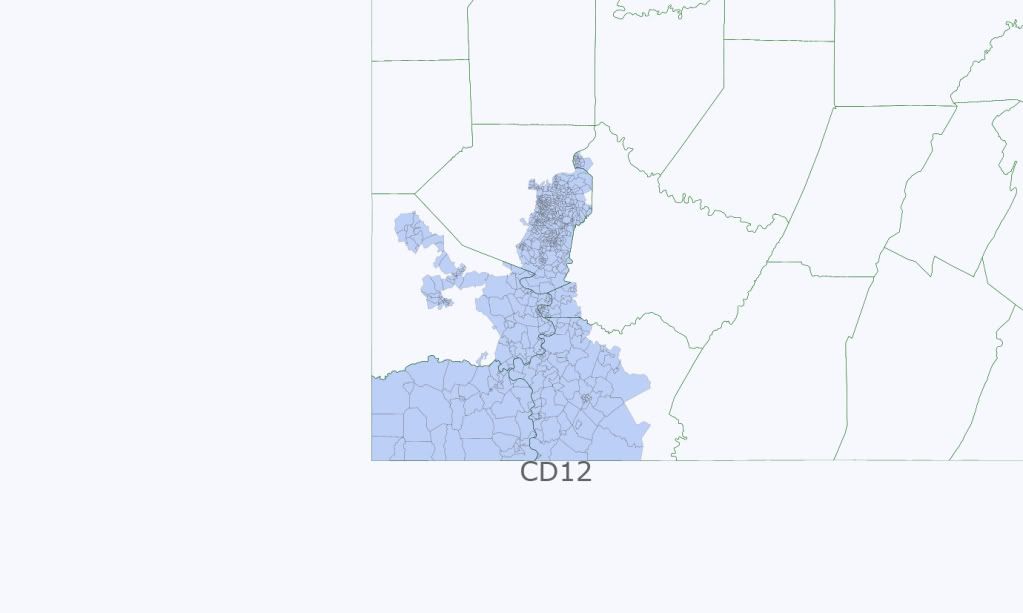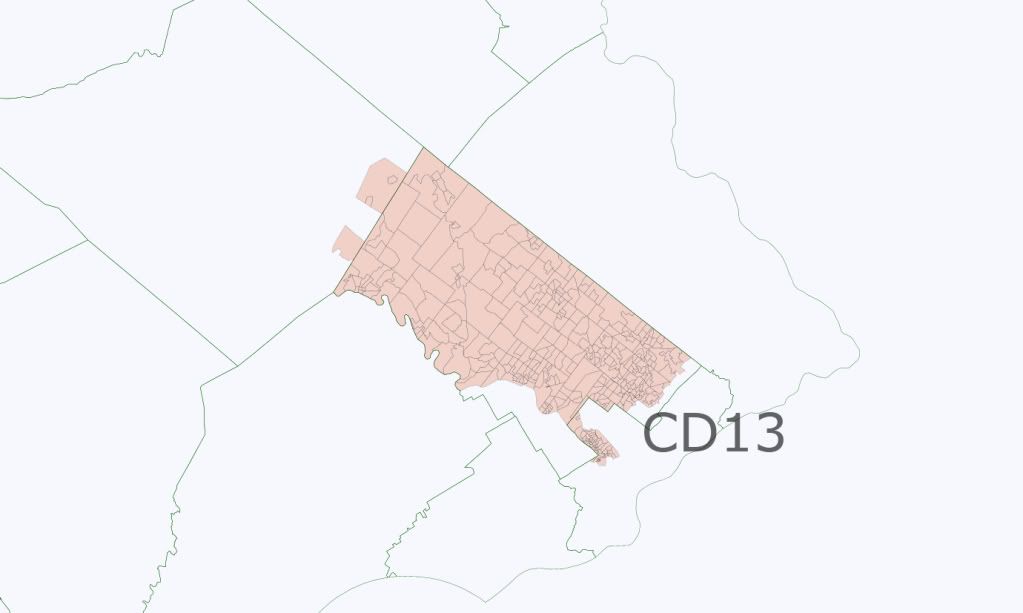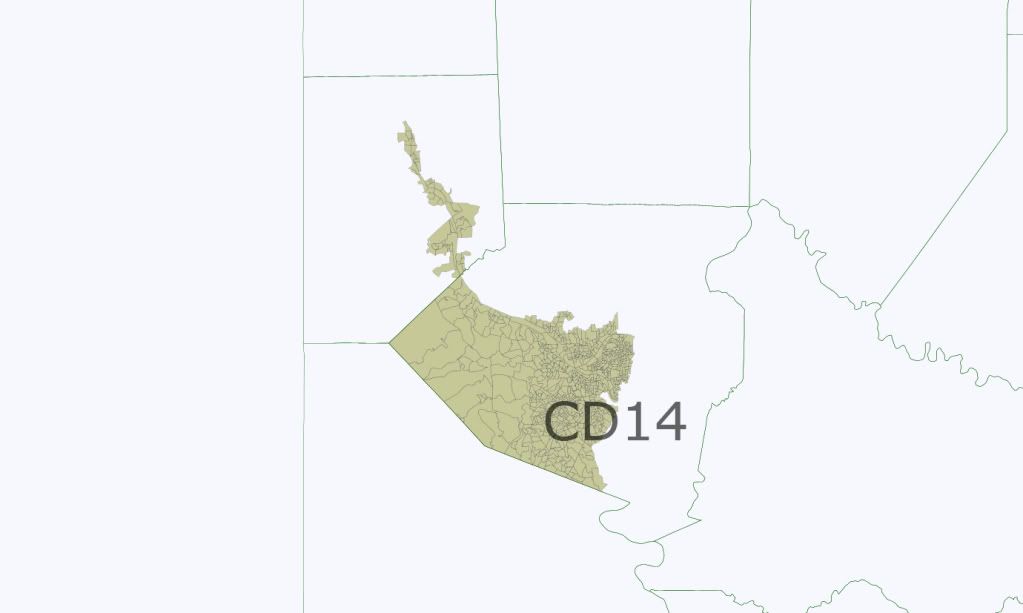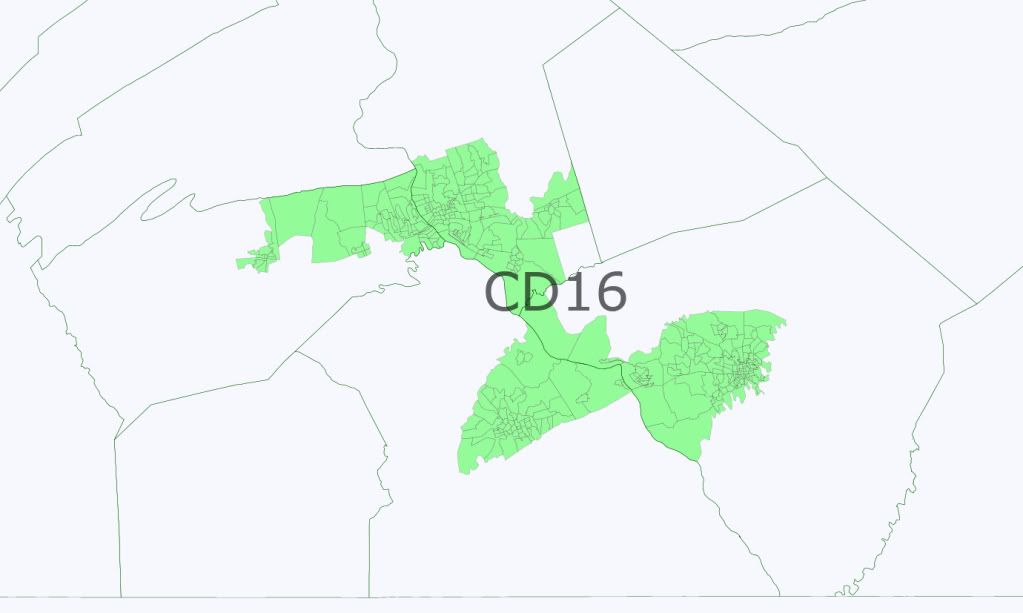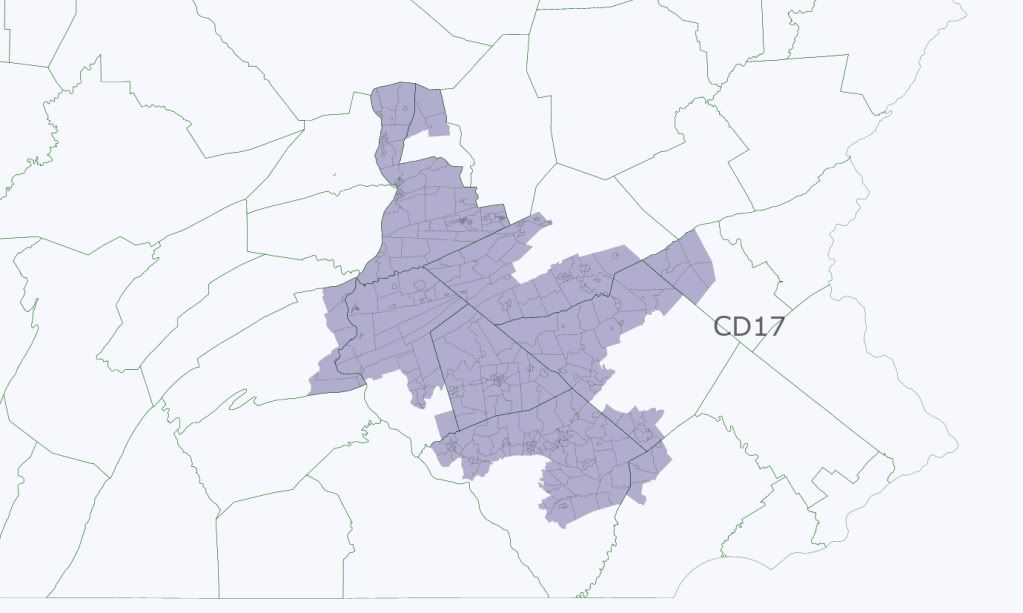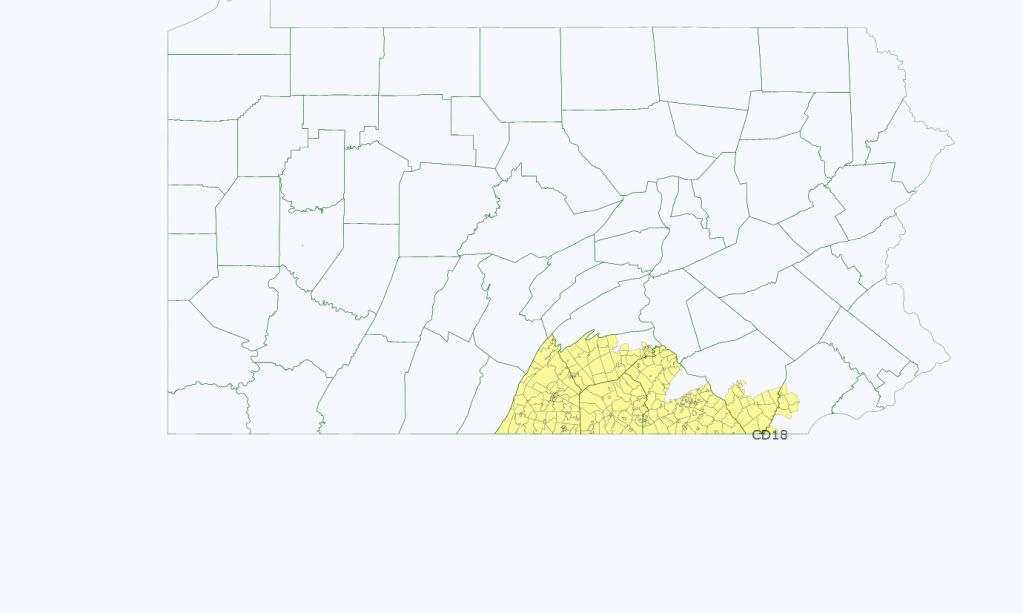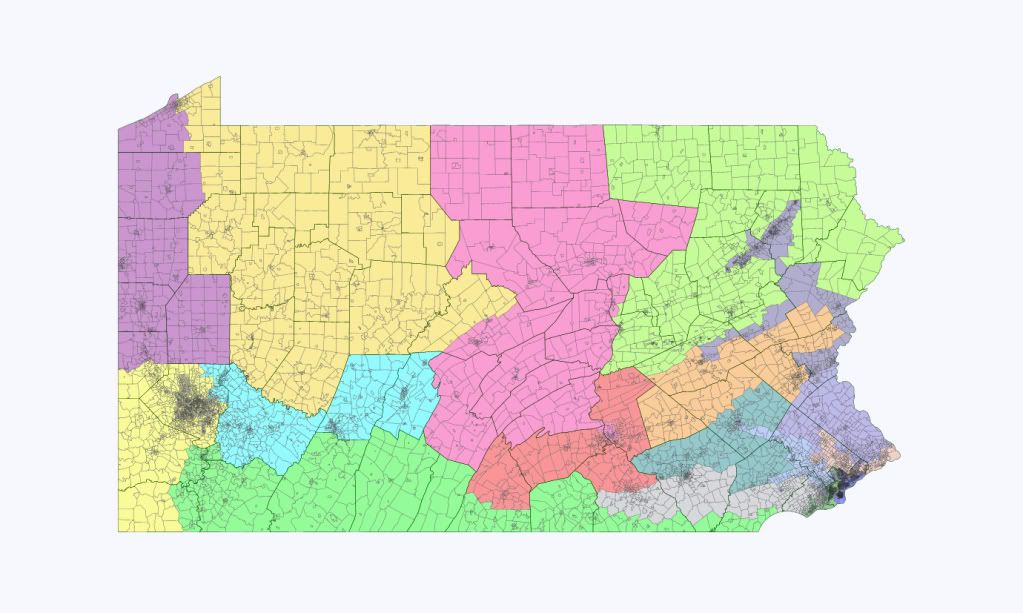• FL-Sen: With everyone fixated on the three retirements in the Senate in the last week (although the Fix makes the good point this morning that by this point in the 2010 cycle, there had already been four retirements), Bill Nelson seems compelled to point out that he won’t be one of them. In front of as many reporters as possible (at an AP gathering), he confirmed today that he’s running again.
• MO-Sen, MO-06: Wow, this is out of nowhere (although I’m not sure whether this is going to have any legs beyond today), but potentially very interesting: Republican Rep. Sam Graves is suddenly expressing some interest in the Senate race, calling it a “great opportunity.” He’s been in the House since 2000 and is chair of the Small Business Committee, so giving that up would be a big move. He may be seeing the diminished likelihood of a Jim Talent run and sensing there’s room for another establishmentarian-type candidate to go against the more tea-flavored Sarah Steelman. (This would open up MO-06 in the state’s rural northwest, which was Dem-held before Graves but has shifted to the right, currently R+7; Dems tried to make it competitive in 2008 and didn’t get any traction.)
• ND-Sen: Ready for a whole lot of names of people who might run for Senate? In fact, let me just blockquote the Bismarck Tribune, rather than transcribing it laboriously:
The list of Republicans whose names are being thrown out include Gov. Jack Dalrymple, Lt. Gov. Drew Wrigley, Rep. Rick Berg, Attorney General Wayne Stenehjem, Tax Commissioner Cory Fong, Public Service Commissioners [Brian] Kalk and Kevin Cramer, Sen. John Hoeven’s state director Shane Goettle, GOP state treasurer Bob Harms, and Great Plains Software developer Doug Burgum.
As for Democrats, names circulating include both [ex-state Sen. and radio host]Joel and [ex-AG] Heidi Heitkamp, former state Sen. Tracy Potter, USDA Rural Development Director Jasper Schneider, state Sen. Mac Schneider, U.S Attorney Tim Purdon, Conrad’s state director Scott Stofferahn and former Byron Dorgan staffer Pam Gulleson, former agriculture commissioner Sara Vogel, former state Rep. Chris Griffin, State Sen. Tim Mathern of Fargo, Senate Minority Leader Ryan Taylor and even Earl Pomeroy.
The Bismarck Tribune article also gets a number of these people on record, although their comments are all various degrees of noncommittal. Kent Conrad tipped his hand a bit yesterday, giving nods in the Grand Forks Herald to both Heitkamps, as well as to Schneider. One other Dem who got mentioned a lot yesterday, Roger Johnson (the president of the National Farmers Union) has already said he’s not interested. And in what’s not a surprise, the Tea Partiers aren’t happy with anyone of ’em (although some had some words of praise for Berg), but are still promising to “battle for control.”
• VT-Sen: It looks like Republican state Auditor Tom Salmon’s Facebook attacks on Bernie Sanders weren’t just the work of a bored guy at work but, as many speculated, part of a coordinated plan to move toward a run against Sanders; he’s now publicly saying that he he’s interested in the race. Color me puzzled: why would Salmon (who was a Democrat until a year and a half ago) go after an entrenched institution like Sanders in 2012 when he could run for Gov. against Peter Shumlin, who’s just getting situated and won by only a narrow margin in 2010?
• KY-Gov: This one gets filed straight to the Department of Foregone Conclusions, but it was made official today: Republican state Sen. president David Williams and Ag Comm. Richie Farmer filed their candidacy papers today, to go up against incumbent Dem Steve Beshear in November.
• WV-Gov: We’re getting some pushback/clarification from Shelley Moore Capito’s team regarding claims from gubernatorial candidate Betty Ireland that she wasn’t going to run for Governor; a spokesperson says the only thing that’s off the table is a run in the special election for Governor (which we know now will be held this November). She’s still open to a bid for either Governor or Senate in 2012. Dave Catanese also wonders whether Capito’s timeline is a little longer, i.e. a 2014 run against Jay Rockefeller (or for his open seat, if he retires, seeing as how he’ll be 77 then). It’s also looking like the candidates for November’s special election will be picked by primary rather than by the parties; acting Gov. Earl Ray Tomblin, who was the main impediment to a 2011 election until yesterday’s supreme court ruling, says he’s working with SoS (and likely Dem primary opponent) Natalie Tennant to set special primaries in motion.
• NY-13: Ex-Rep. Mike McMahon seems to be laying groundwork for a rematch against Mike Grimm, who defeated him narrowly in 2010. He reached out to members of the Staten Island Democratic Association at a meeting last night.
• OR-01: Rep. David Wu has always struck people as a little odd (many of you probably remember his Klingons speech), but it seems like something has intensified lately, and it’s starting to come out in the open. It’s been revealed that in the last few months, he’s lost a number of his key staffers amidst complaints about his public behavior, including his chief of staff (who left to join a Rep. with less seniority) and his communications director (who left without having another job lined up, which is even more highly unusual, especially in this economic climate). This chief fundraiser and chief pollster also say they don’t plan to work with him any longer. This is a D+8 district with a robust Dem bench, which is good because this may be a difficult story for Wu to shake, especially given general rumblings of discontent with him that have been building over time.
• Mayors: Philadelphia mayor Michael Nutter looks like he’s in good shape for his 2011 re-election, according to a new poll from Municipoll. Nutter’s at 47-39 against Generic D primary opponent, wins a three-way primary against Bill Green and Anthony Williams 46-21-18, and wins a three-way against Sam Katz and Williams 44-22-21. Interestingly (though consistent with the original coalition that elected him), Nutter has stronger support among whites (64% favorable) than he does among African-Americans, at 45%. (Nutter is black.) Nutter also just secured the support of the Laborers union. Even further down the weeds in Philly, Republican state Rep. (and, briefly, former speaker) Dennis O’Brien will run for a vacant city council seat in NE Philly. That’s good news, because it might free up his state House seat and make any Dem attempt to retake the state House in 2012 easier, seeing as how his seat is one of the most Dem-leaning seats held by a Republican.
• Minnesota: Two stories developing in Minnesota; one, the legal battle over 2012 redistricting has already begun, with Minnesota its first flashpoint. With the GOP controlling the legislature (but not the governorship), Dems have filed a suit seeking an injunction requiring legislators to submit proposed redistricting plans directly to the court (where they’ll probably wind up anyway, regardless of how this suit goes). Also, Minnesota GOP legislators are seeking to emulate their next-door neighbors in Wisconsin in making it more difficult to vote, seeking to push a voter ID bill.
• Redistricting: You may remember some Republican laments from a few days ago about the apparent failure of their MAPS program to raise the money needed to coordinate redistricting at a national level; those fears seem to be spreading, including to ex-Rep. Tom Reynolds, who’s spearheading the process for the GOP this year. Part of the problem seems to be that they spent so much money winning control of state legislatures in November that nothing was reserved for coordinating the subsequent redistricting. Nathan Gonzales also previews how state legislators from both parties are currently hunkering down in Washington learning (since many weren’t in office in 2000) the redistricting process from the ground up; in particular, they’re learning the new technologies (like GIS programs like Maptitude), which obviously have come a long way since the last round of redistricting.
• Census: Hats off to the Census Bureau, who, just in time to go with their upcoming onslaught of 2010 data, have launched a new and improved version of American FactFinder (the main research tool on their site), a significant improvement over the rather clumsy and unintuitive existing version. I wouldn’t go so far as to call the new version intuitive either, but it makes multi-variable searches and customized maps much easier.







